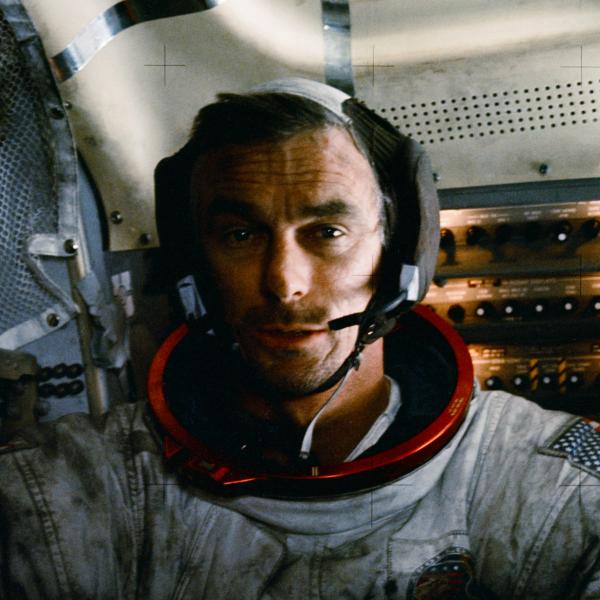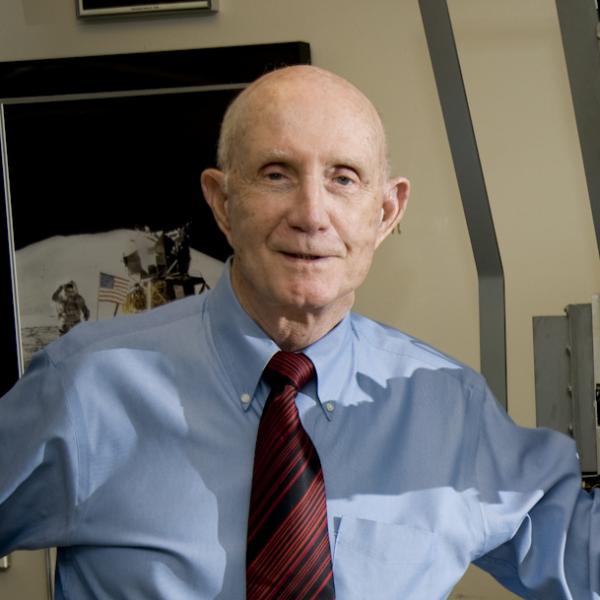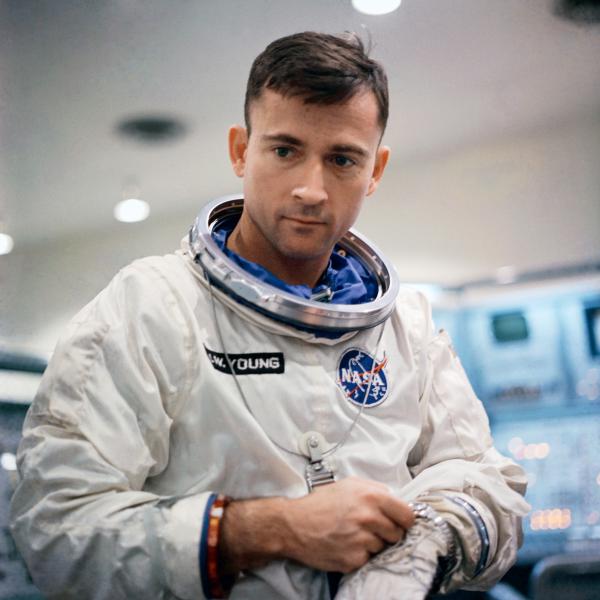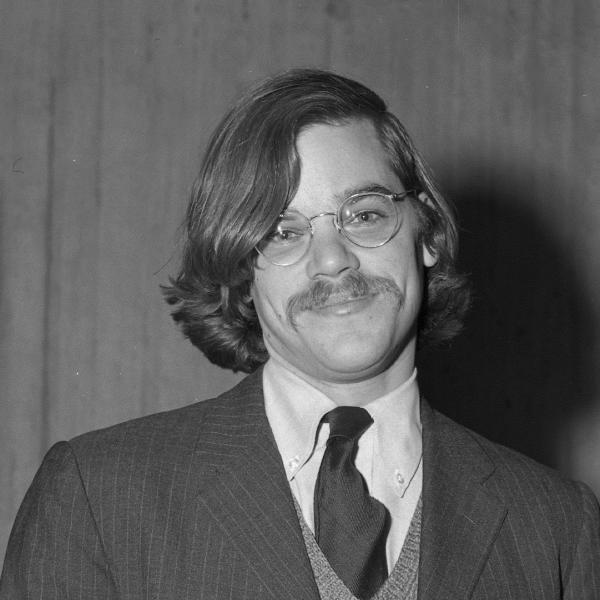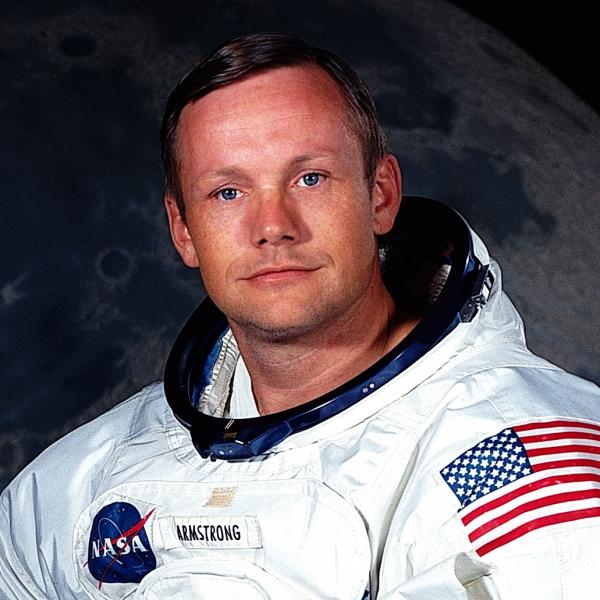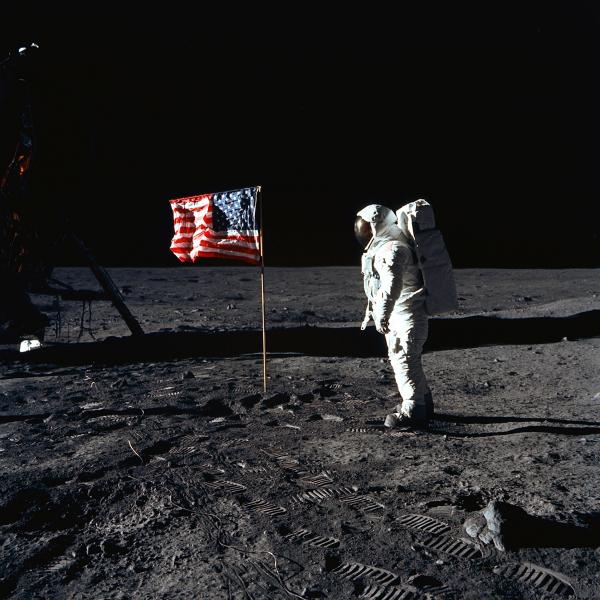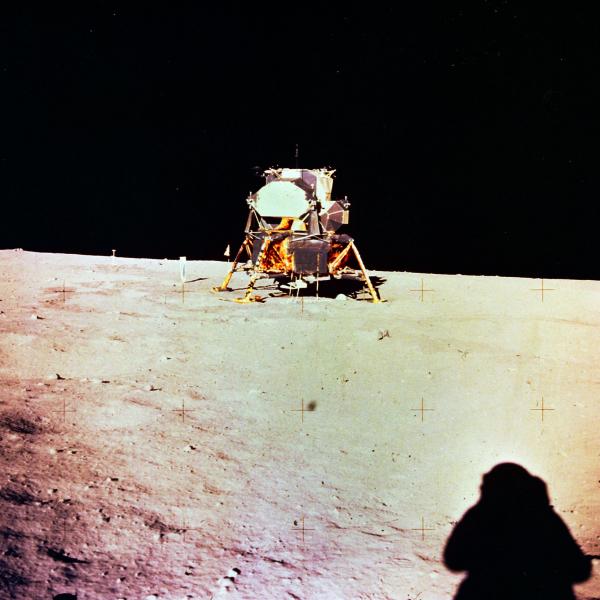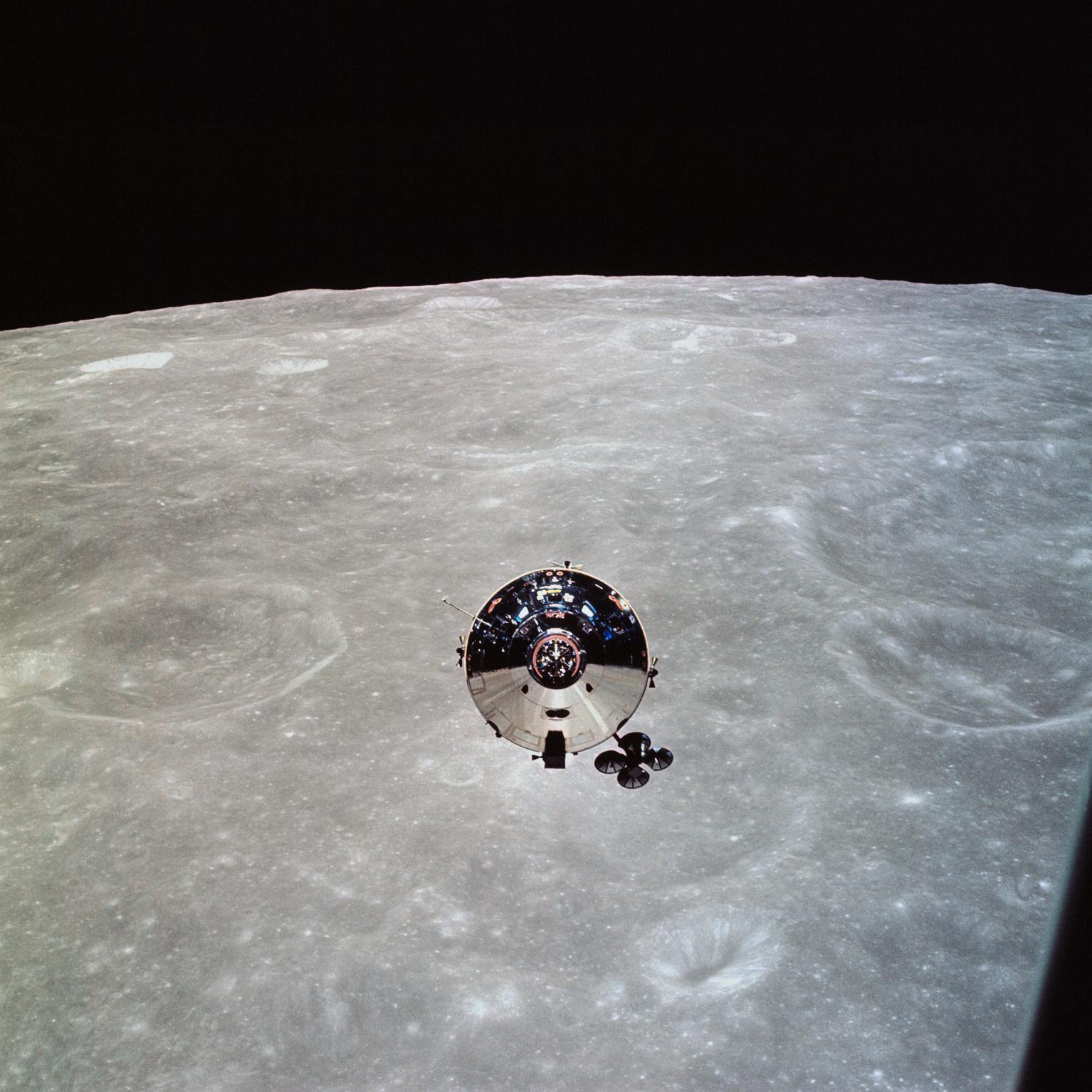
Apollo 10
These astronauts almost crashed into the moon. The Apollo 10 mission was the ultimate dress rehearsal for the moon landing. This mission was designed to mirror the Apollo 11 mission in almost every way but one; the actual moon landing. According to astronaut Eugene Cernan, the Lunar Module or LM, at that time, was still too heavy to guarantee a safe moon landing and rendezvous with the mother ship or Command Module, so NASA only partially fueled the LM ascent stage. "The ascent module, the part we lifted off the lunar surface with, was short-fueled. The fuel tanks weren't full. So had we literally tried to land on the Moon, we couldn't have gotten off." However, the most harrowing event turned out to be during the descent into low lunar orbit.
While astronaut John Young remained in lunar orbit inside the Command Module, Thomas Stafford and Eugene Cernan separated from him in the LM and descended to just eight miles above the moon. As they hovered above the lunar surface, they performed a critical mission objective: they photographed what would become the most historic landing spot in history for the Apollo 11 astronauts Neil Armstrong and Buzz Aldrin. The final test was shaky. While practicing the descent maneuver, the crew accidentally entered duplicated commands into the computer which put the guidance navigation system into an abort mode. This sent the LM into a chaotic spin that had the potential to disrupt the navigation system entirely and crash the ship. This emergency just happened to occur during a live broadcast to earth, so viewers heard astronauts Cernan and Stafford uttering some expletives as they worked to steady the spacecraft. The crew was just seconds from crashing into the moon when they successfully regained control.
The tantalizingly close orbit was essential to a safe Apollo 11 mission. The crew practiced the approach into the descent in order to more accurately refine what we knew about the moon’s gravitational field. This information would be used to calibrate the guidance system for the Apollo 11 moon landing, a program called Luminary, developed by space engineer Don Eyles and his team. The Apollo 10 mission completed its objective and despite a few tense moments near the surface of the moon, were able to gather all the necessary information for the historic Apollo 11 moon landing that would take place just two months later.
